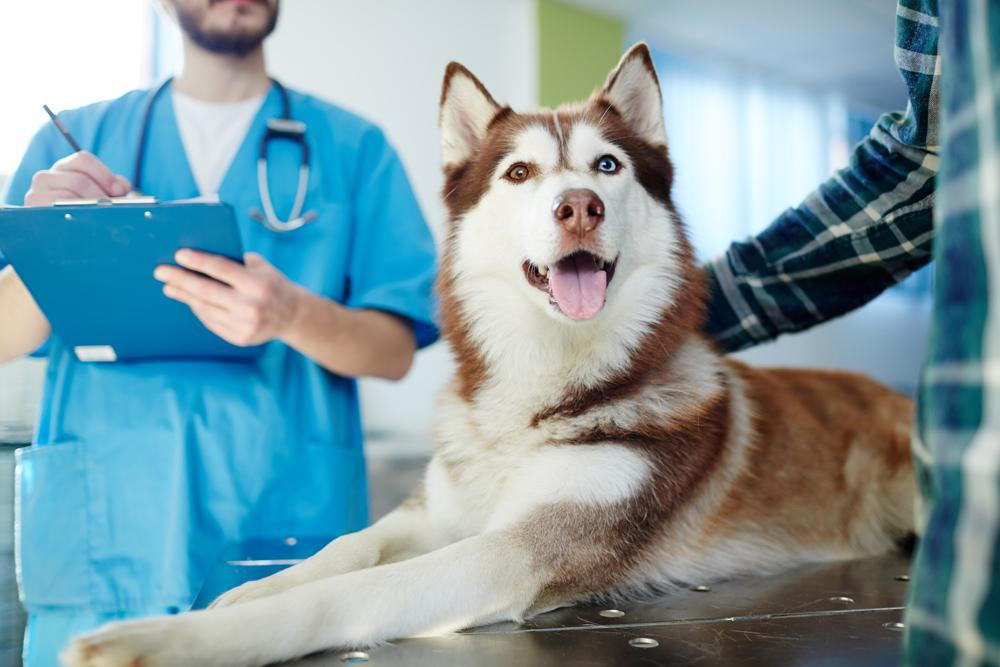Our furry friends are family. Much like noticing when a parent or child is in pain, we are likely to pick up on our pet’s discomfort. Joint pain is a common concern for dog lovers. So, how do we keep our four-legged friends happy and healthy? Let’s first start by understanding the causes.
What causes joint pain in dogs?
Just like us humans, dogs are born with genetic predispositions. Some dogs and breeds may be more susceptible to joint pain due to their bodily structure. Dysplasia, a deformity of the joint, is a common result of joint developmental challenges.
Another cause can be summed up as wear and tear. When dogs partake in extreme activity over time like lots of speedy running on hard surfaces, there is potential for the joints’ cartilage to wear down. Bigger dogs are prone to joint pain from carrying more weight so it is important to have proper nutrition.

What are the signs of joint pain?
Just like us humans, joint pain may be evident through stiff and achy movement. If your fluff seems bothered by a certain area of their body, it may be worth taking them to the vet. This is also true if you notice your four-legged friend is having difficulty moving around. Sickness like apparent sadness or difficulty eating may also be a cause for concern.
How can you treat joint pain?
Joint pain can be hard to avoid. If your pup faces joint pain, there are different options for treatment both naturally and medically.
For pain related to dysplasia or stress fractures, surgery may provide great relief. Make sure to check with your vet if your dog seems to have these issues. You may be able to address your pet’s joint pain naturally though by assessing their diet and exercise or incorporating dietary supplements (check out “Efficacy of a dietary supplement” for more info!). These homeopathic changes have potential to alleviate pain.
How do you prevent joint pain in dogs?
Much like our own health, it is better to be proactive rather than reactive when it comes to health concerns. Preventative care for your pup is not so far off from how you may take care of yourself and your health! Take your furry friend to the vet regularly, ensure proper nutrition, and focus on healthy exercise which can include swimming or playing.
Taking a moment to reflect on the way you care for your pet’s health may help incorporate healthy changes. A healthy home may start with you, but your pet is a part of your family! Caring for our furry friends can remind us how to care for ourselves too.
Additionally, check out the Risk Factors for Canine Osteoarthritis from the National Library of Medicine if you want to dig into the science behind this blog!
